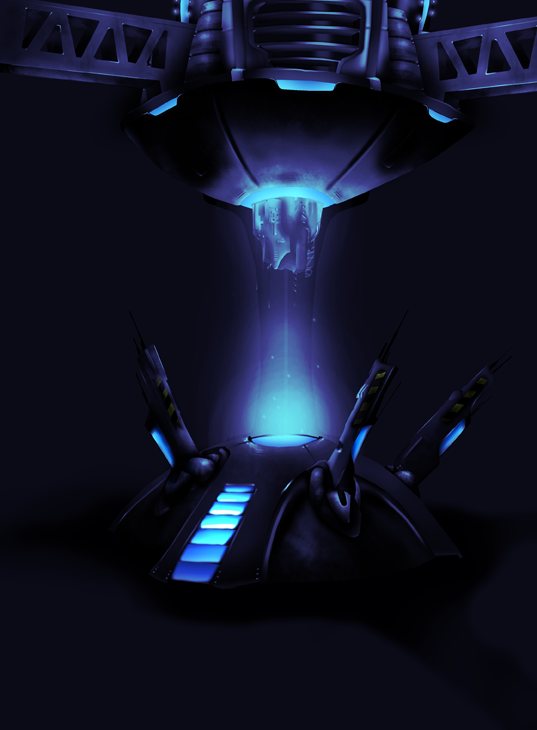
Professor Thomas Sunn Pedersen, an applied physicist at the Max Planck Institute for Plasma Physics in Garching, Germany, is using charged metal plates to confine positrons alongside electrons as a first step towards creating a matter-antimatter plasma on a table top.Īlthough Prof. ‘The model offers a road map for future experiments.’īut there are some who are attempting to wield matter-antimatter plasmas in even more controlled ways so they can study them. ‘OSIRIS is helping researchers optimise laser properties to create matter and antimatter like pulsars do,’ said Prof. If successful, the experiments could create billions of electron-positrons pairs.

Under this project, lasers are under construction at three facilities around Europe – in Măgurele in Romania, Szeged in Hungary, and Prague in the Czech Republic. The Extreme Light Infrastructure will blast targets no wider than a human hair with petawatts of laser power. Insights gained from the simulations are already being used to help design experiments that will use high-powered lasers to mimic the huge amounts of energy released by pulsars. It will also help confirm the validity of the OSIRIS model for researchers trying to create antimatter in the laboratory. The tell-tale patterns would reveal details on how magnetic fields evolve around pulsars, offering fresh clues about what is going on inside them. Silva is now using the data from these simulations to search for similar burst signatures in past astronomical observations. The findings have added weight to theories that the enigmatic signals coming from pulsars are produced by the destruction of electrons as they recombine with positrons in the magnetic fields around these dead stars. OSIRIS also predicted that the gamma rays released by electrons and positrons as they race across a magnetic field will shine in discontinuous spurts rather than smooth beams. The updated model, which forms part of the InPairs project, has identified the astrophysical conditions necessary for pulsars to generate electrons and positrons when magnetic fields are torn apart and reattached to their neighbours in a process known as magnetic reconnection. Silva and his team, together with researchers at the University of California, Los Angeles in the United States, have adapted a computer model called OSIRIS so that it can run on supercomputers, allowing it to follow billions of particles simultaneously. In the past, such simulations have struggled to mimic the staggering number of particles generated around pulsars. To find out, researchers are now turning to powerful computer simulations to model what might be going on. Scientists also still do not understand why the radio waves emitted by the plasma around pulsars have properties similar to light in a laser beam – a wave structure known as coherence. 'These fields are so strong, and they twist and reconnect so violently, that they essentially apply Einstein’s equation of E = mc2 and create matter and antimatter out of energy.' Professor Luis Silva, Instituto Superior Técnico in Lisbon, Portugalīut the exact conditions necessary to produce a plasma containing positrons remain unclear. Together, the electrons and positrons are thought to form a super-heated form of matter known as a plasma around a pulsar. ‘These fields are so strong, and they twist and reconnect so violently, that they essentially apply Einstein’s equation of E = mc 2 and create matter and antimatter out of energy,’ said Professor Luis Silva at the Instituto Superior Técnico in Lisbon, Portugal.

But astrophysicists think the conditions needed to forge positrons may still exist in the powerful electric and magnetic fields generated around pulsars. The universe was briefly filled with these superheated, electrically charged particles in the seconds that followed the Big Bang before all antimatter vanished, taking the positrons with it. Researchers believe that these enigmatic, highly-energetic pulses of radiation are produced by bursts of electrons and their antimatter twins, positrons. For 50 years, astronomers have puzzled over strange radio waves and gamma rays thrown out from the spinning remnants of dead stars called pulsars.


 0 kommentar(er)
0 kommentar(er)
